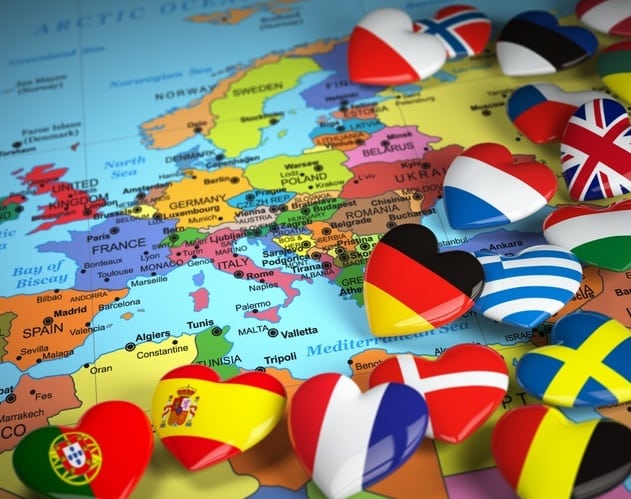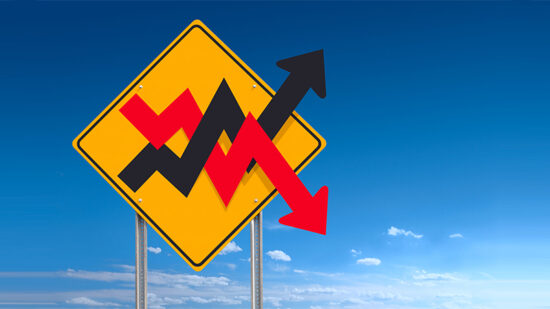New research by Morningstar has shone fresh light on this long standing issue. The fund research specialist found one in every five equities funds in Europe falls short of the 60% minimum active share level generally considered acceptable when charging active management fees.
While everything is going up and European equities investors are seeing good returns as has been the case recently, people are far less inclined to delved into the active share details and ask tough questions of fund managers. With things taking a turn for the worst in the first two months of 2016 and many forecasters expecting a tough year in all equities markets, this may well change.

Then, with major research houses like Morningstar producing these kind of reports there will be increasingly smaller numbers of investors who are not fully aware of the issue or do not realise the inherently bad deal active funds which have very low active share levels are offering them.
The European Securities and Markets Authority has also recently raised the matter.
One other factor is the falling price of trackers, which has been squeezed down under 10 basis points in many cases by competition between the big providers.
This combination could create a much less tolerant environment for charging 70 basis points or more for a fund that looks remarkably like an index tracker.
Senior manager research analysts at Morningstar Mathieu Caquineau, Matias Möttölä, and Jeffrey Schumacher looked at how active share has developed between 2005 and 2015. The basis was a universe of 456 European large-cap equities funds.
By the sounds of it, some fund groups realise that closet trackers are on borrowed time as the number while still high, has started to decline. Regulators are also looking more closely.
“Although we identified one in five European equity funds as a closet indexers, our research shows that the proportion of closet indexers has been shrinking,” Möttölä said. “Average active share levels dropped considerably during the financial crisis of 2008 and 2009 but have been rising at a steady pace since then. In Europe we’ve witnessed increasing scrutiny from regulators in many countries, which could lead to structural change and less closet indexing in the market.”
It is important to make the point that the issue around active share is not centred only on performance, it is also about value for money. While funds with very low active share do tend to underperform after costs relative to the index, the picture is very mixed as to how closely related high active share levels and outperformance are.
“Investors who use active share as a fund selection tool should exercise caution,” said Möttölä. “As active share increases, dispersion in returns and risk levels rises sharply, with both the best and worst performing funds found among the more active funds. It is the portfolio managers’ skill in selecting the right deviations from the index that generates outperformance.”
“Among the least active funds, we found that almost all closet indexers underperformed their benchmark,” he continued. “If combined with high fees, such a fund is rarely a good choice. Investors should compare fees carefully as funds with similar active shares can have fees that differ greatly. We believe active share is best used only in combination with other quantitative and qualitative tools.”
It is increasingly clear that if a manager is putting together a fund that looks very much like the index, charging fees of up to ten times higher than a tracker is not sustainable.







